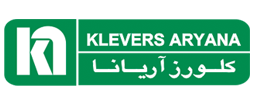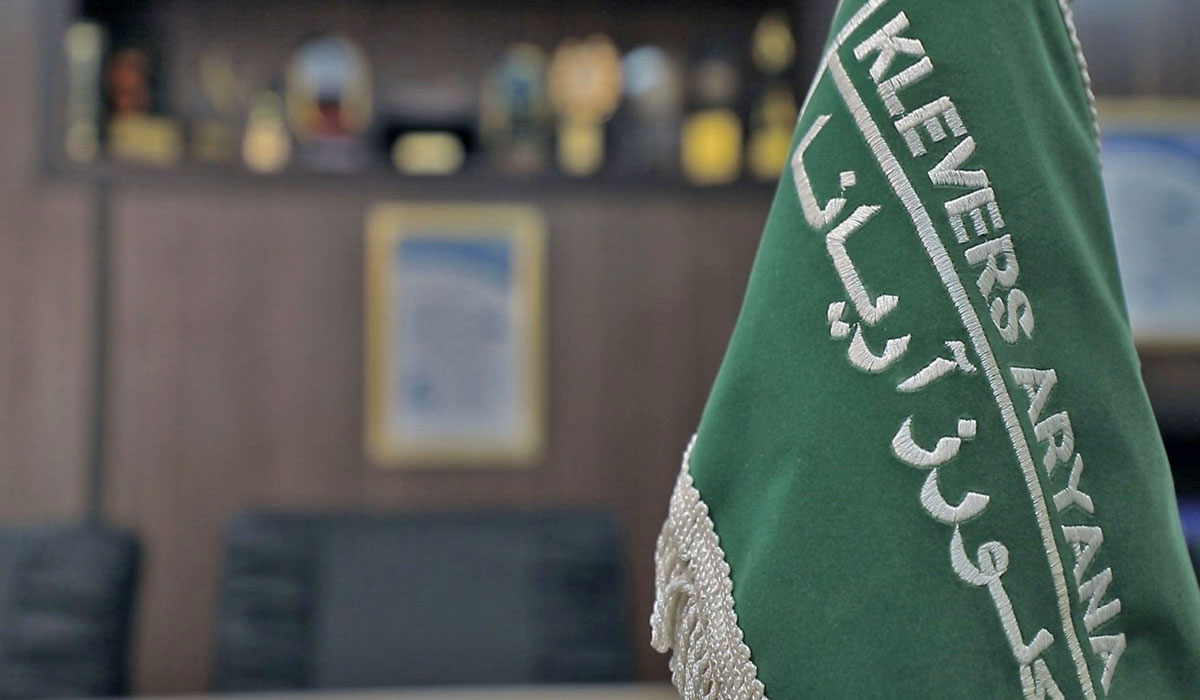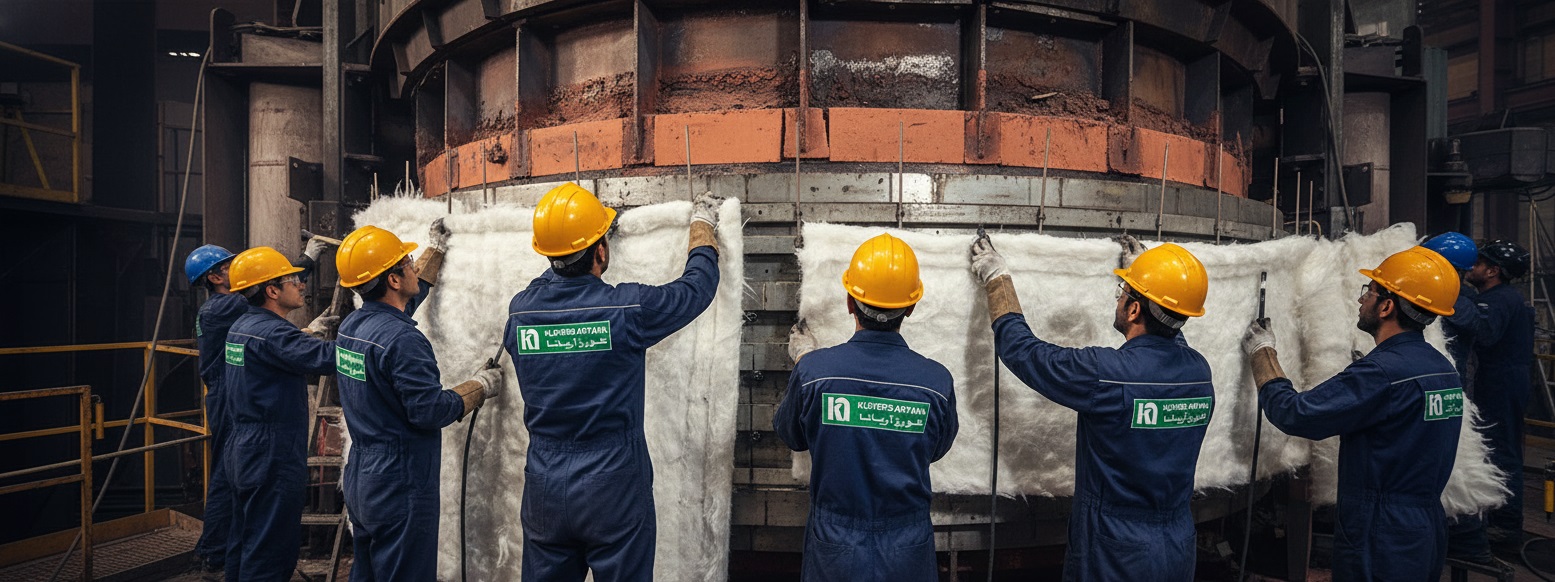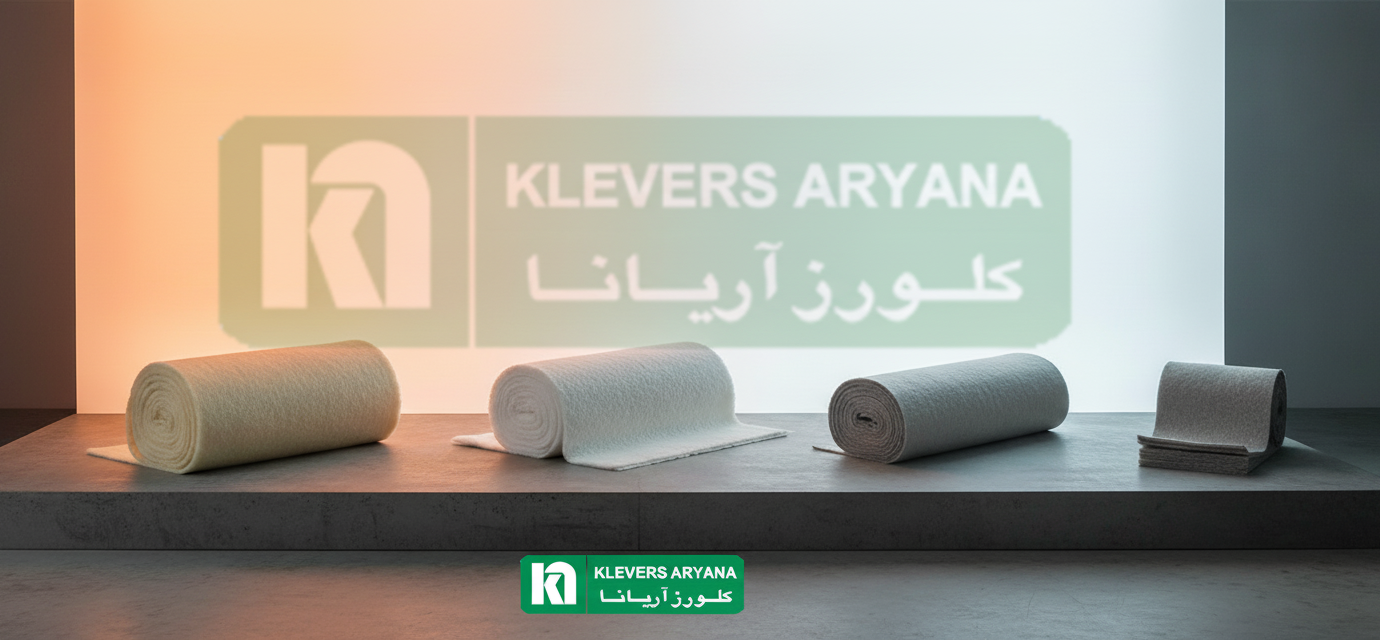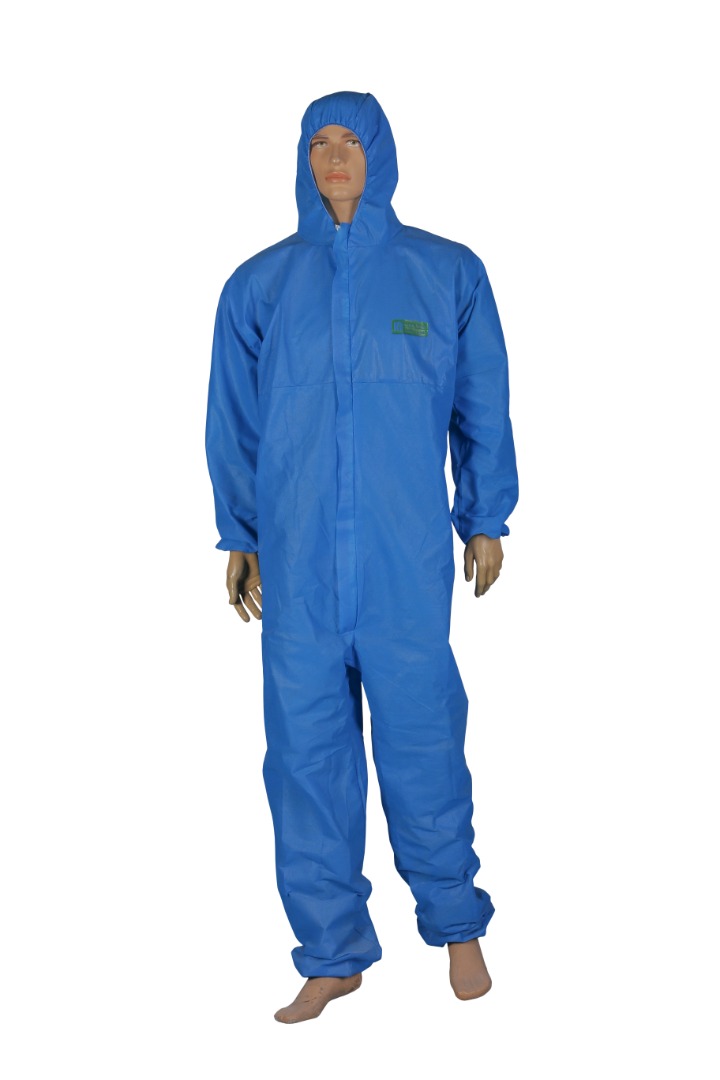In the heart of strategic industries such as steel, cement, petrochemicals, and power plants, heat management is a fundamental principle. Insulation design and engineering is a discipline that directly impacts energy efficiency, safety, equipment lifespan, and the quality of the final product. An improperly engineered system not only leads to the loss of millions in capital through wasted energy but can also introduce serious safety risks and unplanned production downtimes.
This article provides a detailed, step-by-step guide to understanding the engineering processes behind an efficient thermal system, helping managers and engineers make more informed decisions in their projects.
Part One: Differentiating Fundamental Concepts in Insulation Design and Engineering
Thermal Insulation Materials: The primary function of these materials is to reduce the rate of heat transfer. They have a very low thermal conductivity coefficient (λ) and prevent energy loss to the environment. Materials such as ceramic blankets and boards or rock wool fall into this category and are typically installed behind the refractory layer.
An ideal system is an intelligent combination of the two. The refractory layer maintains the structure, and the insulation layer conserves the energy.
Part Two: The Step-by-Step Design and Engineering Process
A successful refractory and insulation engineering project follows a systematic process.
Step 1: Data Gathering & Process Analysis
This stage of insulation design and engineering is the foundation of the entire project. The slightest error in this part can lead to the failure of the entire system. The critical information required includes:
- Temperature Profile: Maximum and average operating temperature, as well as the rate of temperature changes (thermal cycles).
- Process Atmosphere: Oxidizing, reducing, or neutral conditions and the presence of corrosive gases.
- Chemical Interactions: Contact with molten metal, slag (acidic or basic), ash, and chemicals.
- Mechanical Loads: Abrasion from material charging, impact, static pressure, and vibrations.
- Key Project Objectives: For example, reducing the external shell temperature to below 60°C for personnel safety or achieving a 20% reduction in fuel consumption.
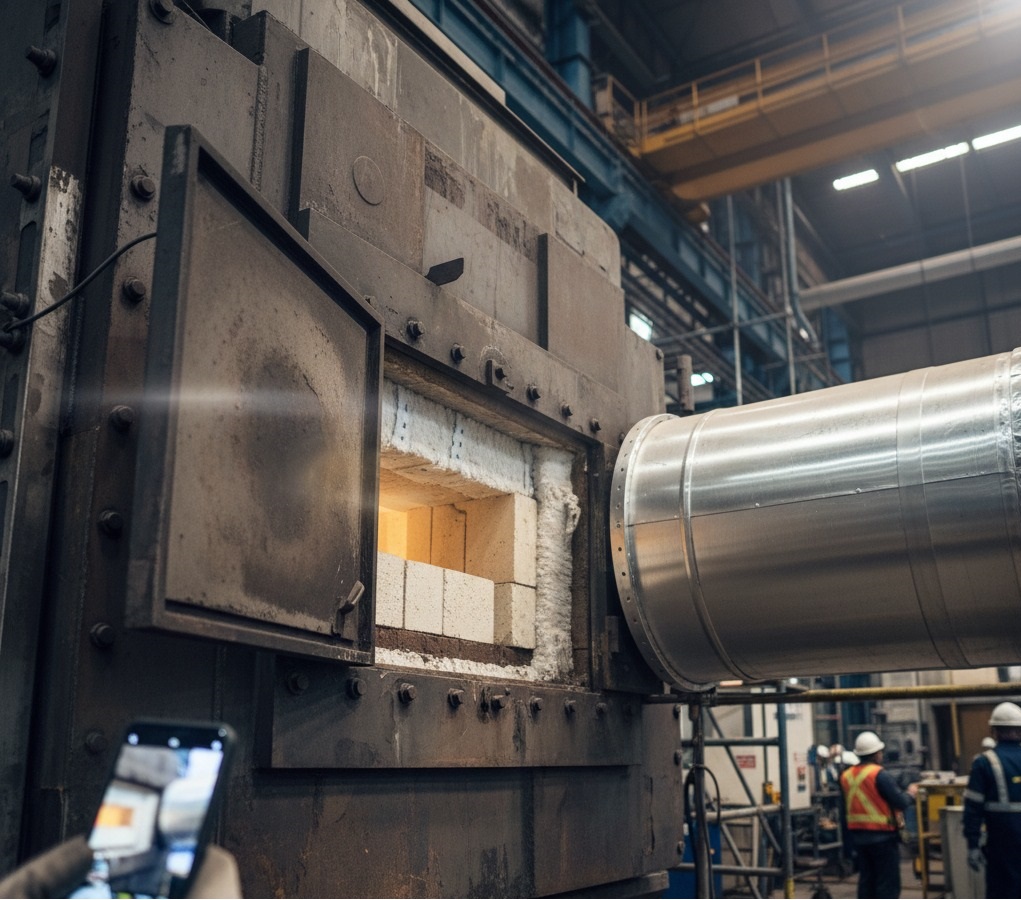
Step 2: Intelligent Material Selection
With the data from the previous step, the design engineer can select the appropriate materials. This selection is based on a decision matrix that includes the following parameters:
- Max Service Temperature: Must be higher than the process operating temperature.
- Thermal Conductivity (K-Value): For insulation materials, this number should be as low as possible at the operating temperature.
- Thermal Shock Resistance: Crucial for processes with rapid heating and cooling cycles.
Step 3: Thermal Calculations and Thickness Optimization
This is the computational and precise engineering phase. Using specialized software and based on Fourier’s law of heat conduction, engineers calculate the following:
- Heat Loss Calculation: Determining the amount of energy transferred per square meter of the wall to the environment.
- Temperature Profile Calculation: Determining the temperature at any point within the wall’s thickness, from the hot face to the cold face.
- Determining Optimal Thickness: Increasing insulation thickness is not always optimal. The economic insulation thickness is the point where the additional cost of insulation equals the value of the energy saved over a reasonable period.
These calculations are performed in accordance with reputable standards such as ASTM C680 (Standard Practice for Estimate of the Heat Gain or Loss and the Surface Temperatures of Insulated Piping).
Klevers Aryana Company: Your Engineering Partner in Heat Management
Refractory and insulation design and engineering is a complex specialty that requires deep knowledge, practical experience, and access to high-quality materials. Klevers Aryana Company, with over two decades of distinguished experience, stands as one of the pioneers of this industry in Iran, ready to provide comprehensive solutions to the nation’s industries.
At Klevers Aryana, we are not just a material supplier. We are your engineering partner. Our engineering services include:
- Expert Consultation: Analyzing your process and providing the best technical and economic solution.
- Design and Calculations: Performing precise thermal calculations and complete design of the refractory and insulation system.
- Material Supply: Offering a complete portfolio of refractory and insulation products, including various blankets, high-temperature textiles, ceramic blankets, and specialty products.
- Installation Supervision: Ensuring correct installation in accordance with engineering standards.
If you are looking to optimize energy consumption, increase equipment lifespan, and enhance safety levels in your industrial unit, contact our team of experts today through our Contact Us page and benefit from a free expert consultation.
References:
- The American Ceramic Society, “Refractories: An Overview,” ceramics.org.
- HarbisonWalker International, “Refractory Engineering & Design,” thinkhwi.com.
- Scholten, Frank. “Best practice in refractory design and engineering,” Refractories WORLDFORUM, 2011.
- Industrial Insulation Group, “Fundamentals of Insulation,” iig-llc.com.
- European Industrial Insulation Foundation (EIIF), “TBI-App for calculating the economic thickness of insulation,” eiif.org.
